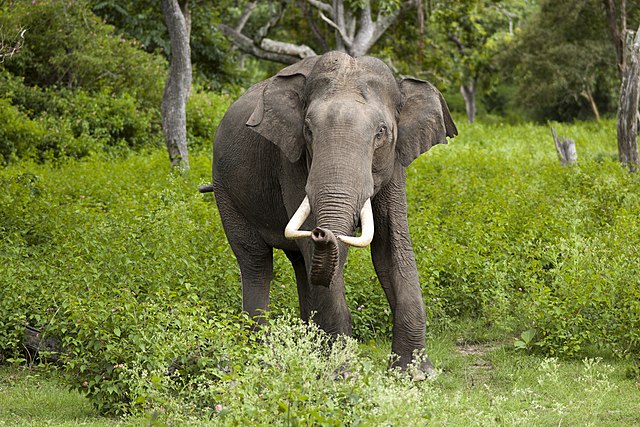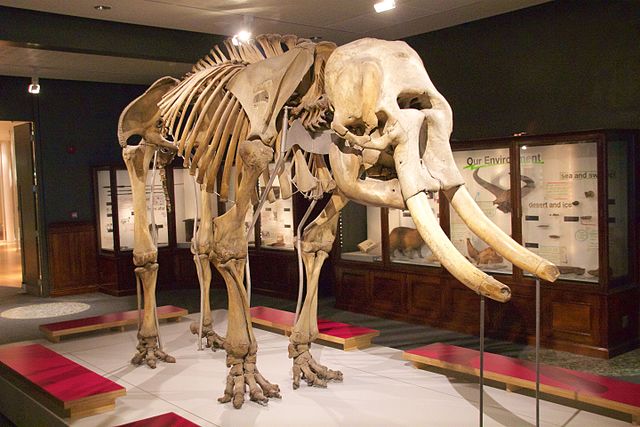The Sri Lankan elephant is native to Sri Lanka and one of three recognised subspecies of the Asian elephant. It is the type subspecies of the Asian elephant and was first described by Carl Linnaeus under the binomial Elephas maximus in 1758.
The Sri Lankan elephant population is now largely restricted to the dry zone in the north, east and southeast of Sri Lanka. Elephants are present in Udawalawe National Park, Yala National Park, Lunugamvehera National Park, Wilpattu National Park and Minneriya National Park but also live outside protected areas. It is estimated that Sri Lanka has the highest density of elephants in Asia. Human-elephant conflict is increasing due to conversion of elephant habitat to settlements and permanent cultivation.
Image: Srilankan tuskelephant
Image: Sri Lankan elephant (Elephas maximus maximus) female and young 7
Head of a male without tusks
A herd of elephants in Yala National Park
The Asian elephant, also known as the Asiatic elephant, is a species of elephant distributed throughout the Indian subcontinent and Southeast Asia, from India in the west, Nepal in the north, Sumatra in the south, and to Borneo in the east. Three subspecies are recognised—E. m. maximus, E. m. indicus and E. m. sumatranus. The Asian elephant is characterised by its long trunk with a single finger-like processing; large tusks in males; small ears folded laterally in contrast to African elephants; and wrinkled grey skin. The skin is smoother than African elephants and may be depigmented on the trunk, ears or neck. Adult males average 4 t in weight, and females 2.7 t.
Image: Elephas maximus (Bandipur)
Image: Sri Lankan elephant (Elephas maximus maximus) female and young 1
Young adult male Asian elephant skeleton compared to a human
Skeleton of a male Asian elephant








